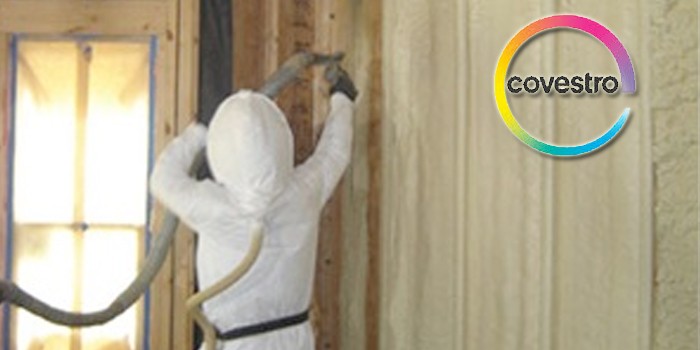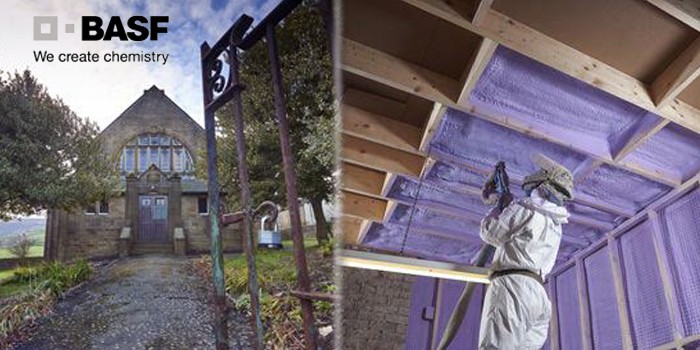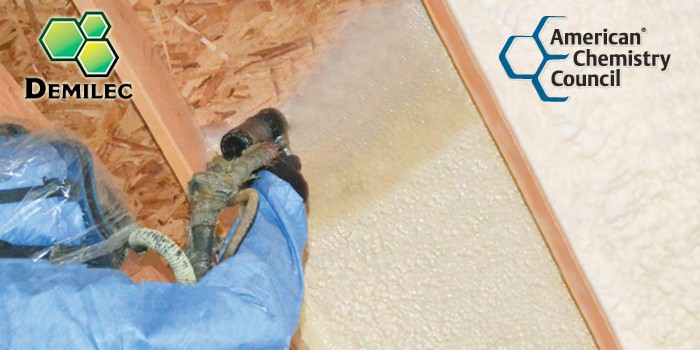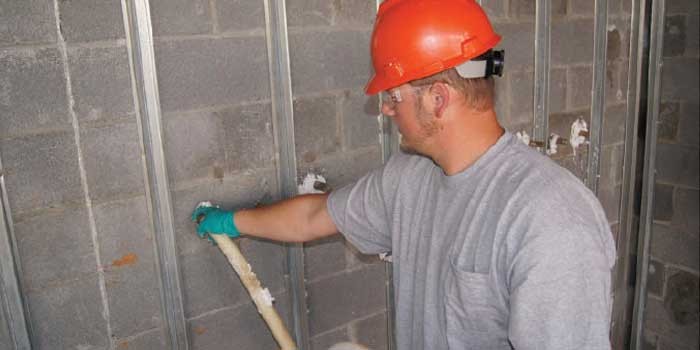Solar Decathlon 2007 Ends - SPF a Winner!
Washington, DC – On October 19, 2007, Germany’s Technische Universität Darmstadt earned top honors in the US Department of Energy’s Solar Decathlon competition on the National Mall in Washington, DC. Over the leading two weeks, the 2007 Solar Decathlon challenged twenty top university teams from the US, Puerto Rico, Spain, Germany and Canada to design, build and operate the most attractive and energy-efficient solar-powered home.
The Solar Decathlon serves as a cornerstone to President Bush’s Solar America Initiative (SAI). Launched early in 2006, the SAI aims to make solar energy and related technologies cost-competitive with conventional forms of electricity by 2015.
The 2007 Solar Decathlon is a competition that challenges 20 college teams from around the world in 10 contests to design, build and operate the most livable, energy-efficient, completely solar-powered house. Solar Decathlon houses must power all the home energy needs of a typical household using only the power of the sun. The winner of the competition is the team that does the best job of blending aesthetics and modern conveniences with maximum energy production and optimal efficiency.
Of considerable interest was the substantial increase in the use of spray polyurethane foam (SPF) insulation to insulate walls, roofs, floors and act as an air and moisture sealant in the construction and design of the competing Solar Decathlon homes.
Much of the market acceptance and usage of SPF at this year’s decathlon was largely due in part to the awareness, educational and funding provided by Honeywell, Morris Township, NJ. They were a supporting sponsor of the international competition. Honeywell supplies Enovate® - one of the materials used in the chemical formulation of closed-cell spray polyurethane foam insulation. Closed-cell spray foam is one of the most superior energy-efficient materials for wall, roofing and flooring insulation. Honeywell’s market development work was clearly evidenced by the fact that 12 out of the 20 schools chose closed-cell or open cell spray foam for the construction of their energy efficient homes – a huge % increase from the last event in 2005.
As part of its sponsorship, Honeywell offered teams up to $3500 for materials, as well as technology education, guidance and a list of local contractors. Honeywell communicated with the twenty universities participating in the competition and spoke with over 600 people, educating students in several disciplines, including science, engineering and architecture. Their professors also benefited from the updates in the many superior benefits SPF offers in building for energy-efficiency, comfort and climate control and cost reduction. While the SPF industry is experiencing significant growth according to Rick Duncan, a Senior Marketing Manager at Honeywell, he reported that surprisingly, almost half of the professors they spoke with were completely unaware that SPF could be used as a roofing system as well.
SPF definitely “took home the gold” at this year’s Solar Decathlon! The final scores of the competition showed an exceptional outcome for Honeywell’s educational outreach as well as for the SPF industry.
Out of the ten areas of competition, eight were awarded to teams that had utilized SPF in their innovative constructions. Better yet for the performance claims of SPF insulation as the University of Illinois at Urbana-Champaign was given the top award for the Comfort Zone contest for maintaining temperatures between 72 and 76 degrees Fahrenheit. The construction utilized closed-cell SPF - 100% in the walls, roof and floors of their energy-efficient, climate controlled home.
These teams took advantage of the wide range of benefits that SPF has to offer including:
- exceptional air sealing and R-value, eliminates drafts and leaks, significantly reducing heating and cooling costs
- meets code requirements as an air barrier, water barrier, vapor retarder and as insulation
- improved structural integrity of a building increasing tolerance for severe weather such as storms, hail and high winds due to its unique physical performance characteristics
- superior performance in resisting moisture transmission and condensation as well as noise transfer and sound penetration
- reduced construction time; it can fulfill multiple building envelope requirements in one monolithic spray
- reduced waste ; it can be sprayed on-site and is efficiently transported as bulk liquid
Ninety-six percent of homes built today use inferior fiberglass or cellulose insulation. Interestingly, not one of the twenty energy-efficient, solar-powered homes built for the competition utilized either of these materials as their primary insulation source. With oil reaching an all time high of over $95 a barrel and the demand for a “green” tomorrow, the consumer’s system of choice is quickly becoming SPF Insulation. The overwhelming presence at this year’s Solar Decathlon, due to the many efforts of Honeywell, recognized SPF as the premiere system for energy-efficient, comfort, climate control and reduced operating costs.
While congratulating the teams at the Closing Awards Ceremony, Energy Secretary Samuel W. Bodman announced over $44 million to support the commercialization and promotion of advanced solar and other clean energy technologies.
The financial support and commitment to this mission holds a promising outlook for the future of building and the way we live. This year’s event showcased innovative ideas, uniting advancements in energy-efficient technologies and uses for renewable energy with comfort and aesthetics.
SprayFoam.com is proud to recognize all of the industry suppliers and contractors that helped out with the 2007 Solar Decathlon.
|
School
|
Supplier
|
Contractor
|
|
Carnegie-Mellon
|
InsulRight
|
|
|
Georgia Tech
|
|
|
|
Kansas Project
|
Foam-Rite Insulation
|
|
|
MIT
|
Spray Inc.
|
|
|
NY Inst. Tech
|
NCFI InsulStar
|
NewYorkSprayFoam.com
|
|
PennState
|
D.J. Lee
|
|
|
Team Montreal
|
|
|
|
Puerto Rico
|
Gonzalez Roofing
|
|
|
Colorado
|
NCFI InsulStar
|
The Foamers
|
|
Cincinnati
|
NCFI InsulStar
|
Overhead Door Company
|
|
Illinois
|
PlatinumBuilding Solutions
|
|
|
Maryland
|
|
The list below was provided to us courtesy of Honeywell.
Solar Decathlon: Additional Benefits to the Nation
When SAI reaches its full potential in 2015, photovoltaic (PV) technologies could:
Provide at least 5 gigawatts of electric capacity (equivalent to the amount of electricity needed to power 1.25 million homes)
- Avoid 7 million metric tons per year of CO2 emissions
- Employ 10,000 new workers.
The SAI benefits the U.S. economy even sooner than 2015—with partner companies achieving as much as a tenfold increase in production at 30% lower costs by 2010. Through these results, SAI will enhance U.S. energy security and improve the environment by:
- Diversifying electricity sources
- Displacing the costs of new electricity transmission Infrastructure
- Utilizing safe and abundant U.S. solar resources
- Providing a clean source of electricity.
###













